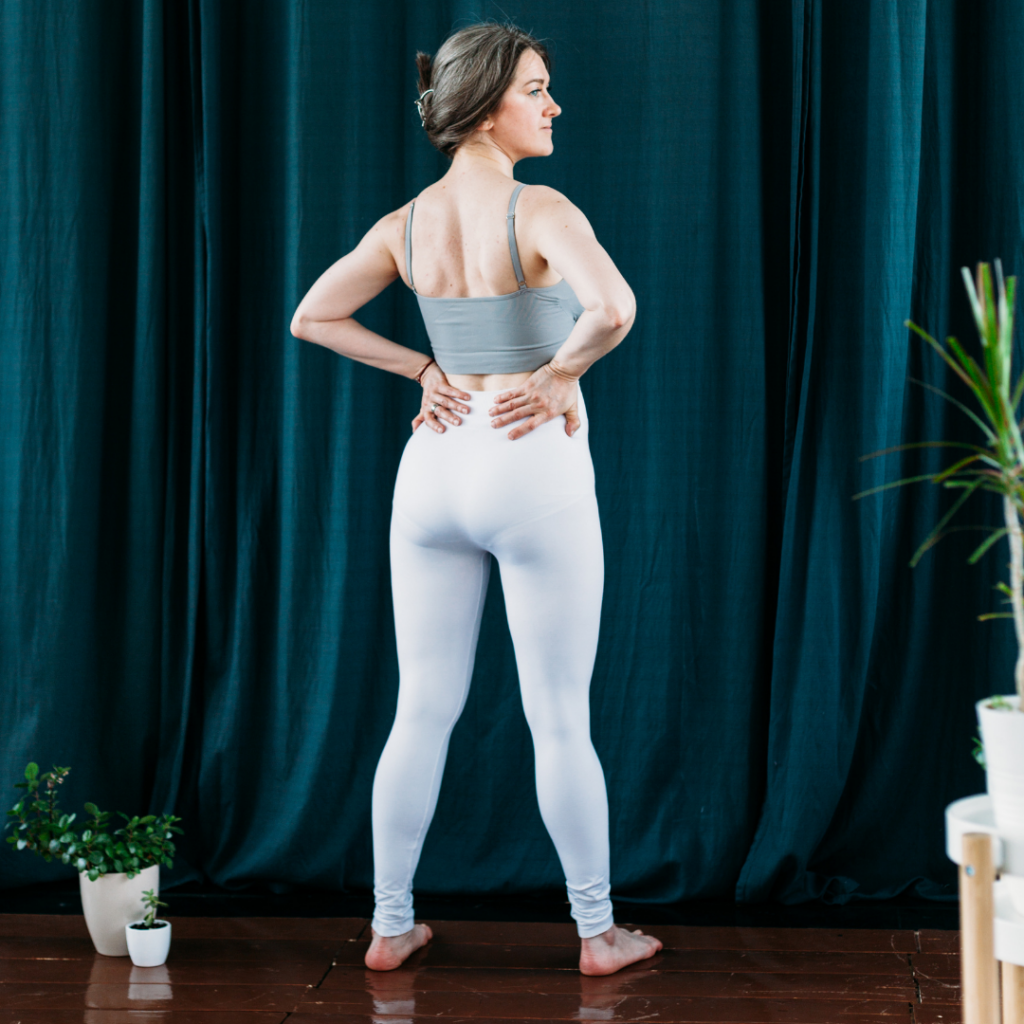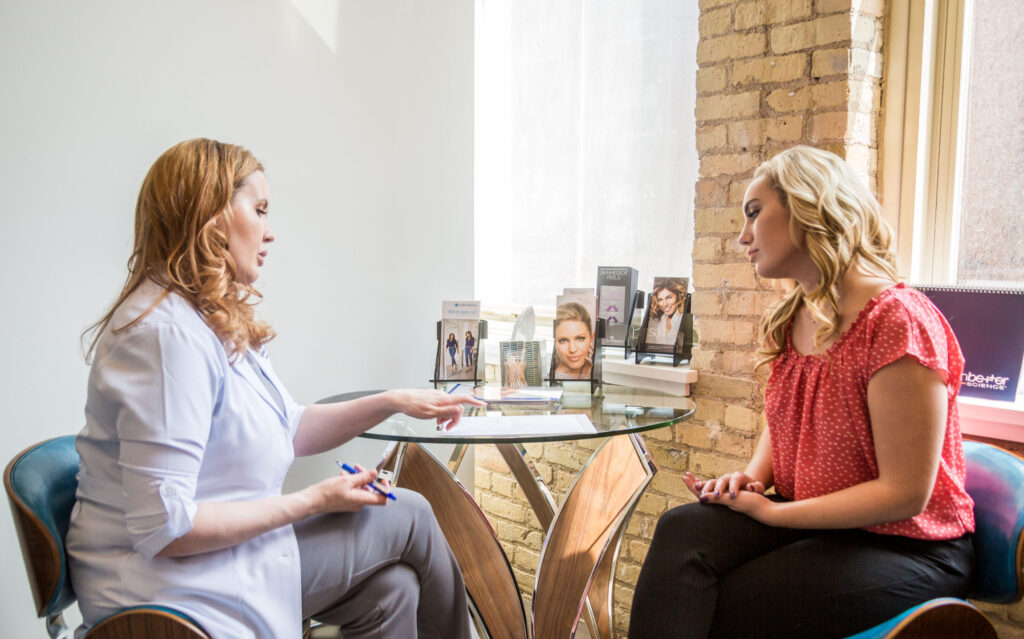
What Really Causes Cellulite, Anyway?
If you have cellulite — and 9 out of 10 women do — you’ve probably tried your fair share of things to get rid of it. Think juice cleanses, hot yoga, expensive creams and maybe even a gadget that looks more like a torture device than a cellulite treatment. The conclusion? Some do-it-yourself treatments might temporarily reduce the appearance of cellulite, but none will actually get rid of it.
Needless to say, if you don’t target the causes, nothing you do will have any lasting effect. No matter how much kale you eat. No matter how much weight you lift. No matter how much scrubbing you do. Really.

Read It: The Truth About Cellulite — and Why It’s Not Your Fault
So, let’s talk about the causes:
Fibrous Bands: Underneath the skin is a pattern of fibrous bands. Over time these bands thicken, which causes tension on the skin above it. This tension is what causes the dimpled appearance on the skin’s surface. All of these bands are partially made of collagen. It’s true — of the 28 types of collagen in your body, they all serve a purpose. They keep your skin youthful. They help your heart pump properly. They can heal bones and muscles.
A build-up of Type 1 and Type 3 collagens are found in the fibrous bands under the skin and contribute to cellulite. Of all the collagen in your body, Type 1 is the most abundant. It’s found in scar tissue, ligaments, bone and skin, in addition to these fibrous bands. Type 3 is a triple helix (think DNA) like Type 1, and is found in skin alongside Type 1.
Skin Laxity: How uneven your skin gets has a lot to do with the elasticity of it. The more taut your skin is, the more bounce back it has and the smoother your skin will be. The looser your skin is, the more space fat cells have to fill — creating a more dramatic appearance of cellulite.
What makes your skin get thinner and lose its elasticity? It’s everything from years on this planet to afternoons spent lounging poolside sans sunscreen.
Here’s the breakdown:
- Age
- Dry skin
- Genetics
- Hormonal changes
- Pollution
- Poor nutrition
- Race
- Reduced collagen
- Smoking
- Stress
- Sun damage
- Weight loss
Fat: The third factor that contributes to cellulite is fat. Women’s fat cells are larger than men’s, thanks to estrogen. These larger fat cells push into the skin, while the thickened fibrous bands pull down, creating an uneven skin surface. Imagine a tufted pillow.
Read It: Busting Common Cellulite Myths
The bottom line? Cellulite is caused by these three biological factors. However, in a recent survey, women thought the top three causes were weight gain, lack of exercise or an unhealthy diet.
Regardless of your body type, or whether you’re a size 2 or 22, you could have cellulite. Most women do. Diet and exercise might help the appearance of your cellulite. But if you still have those thickened fibrous bands, odds are you still have cellulite. In fact, in some cases, weight loss can even make the appearance of cellulite worse.
Here’s the good news. A360 is offering QWO, the first and only FDA-approved injectable for moderate to severe cellulite in the buttocks of adult women. QWO is an enzyme that essentially destroys the collagen in the aforementioned fibrous bands. It’s a non-surgical option to reduce the appearance of cellulite, which is injected over three sessions. The injections take as little as 10 minutes per session — and some women see results in as soon as 10 weeks after the third session. Pretty great, right?

Want to know if you’re a good candidate for QWO? Book your complimentary consultation with one of our QWO Pros today!


